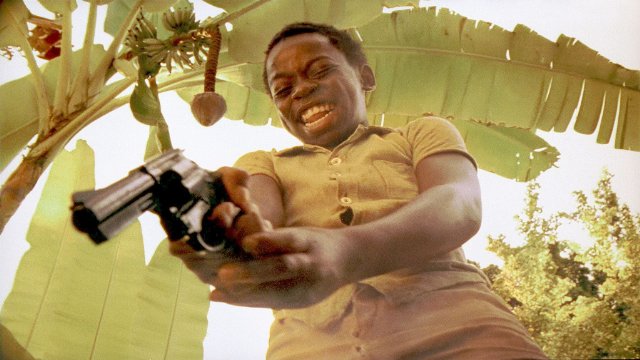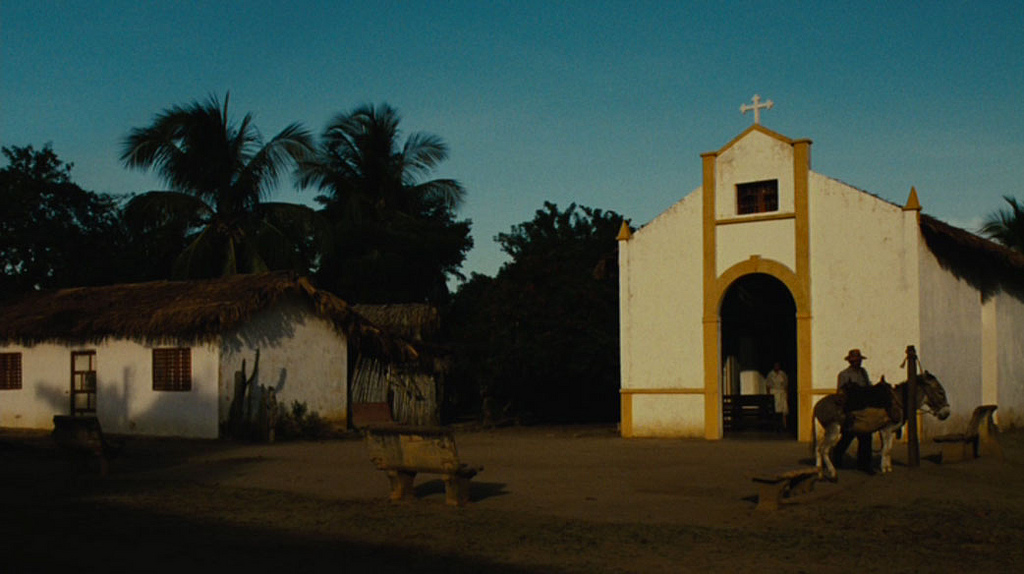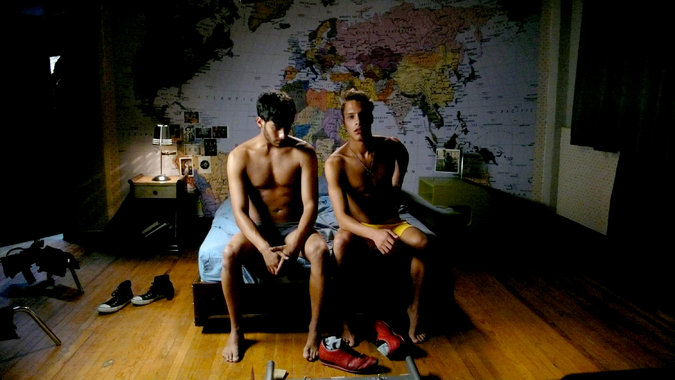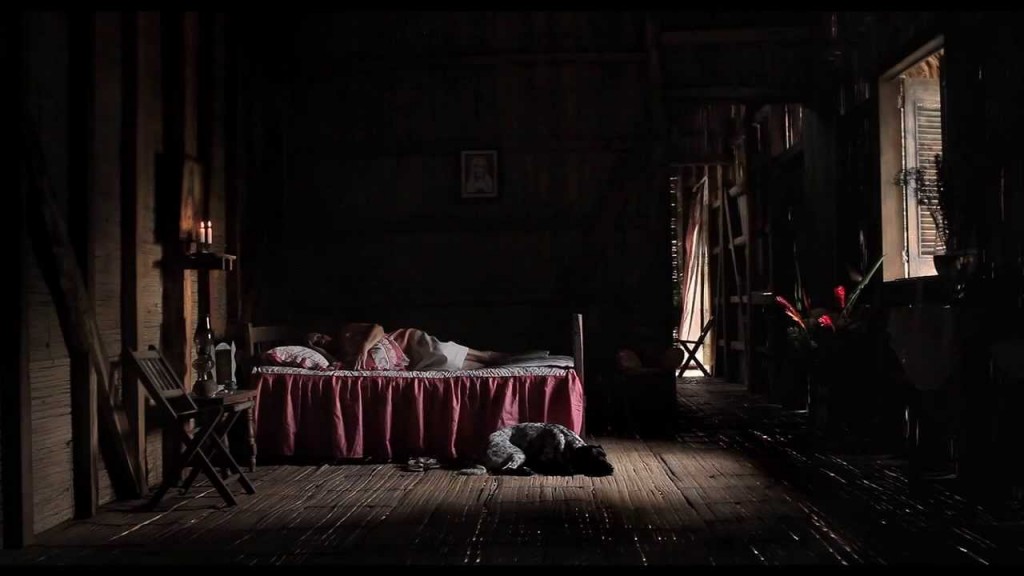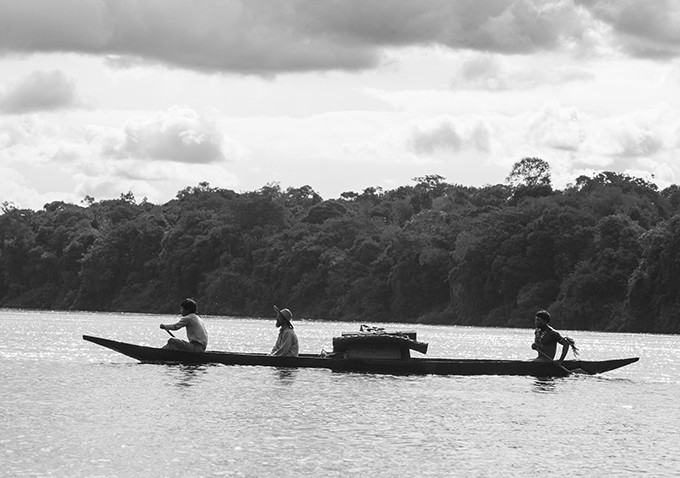7. Cidade de Deus aka City of God (2002, Fernando Meirelles, Brazil)
Many Latin American films have tried to unite the poor and the violence when trying to make a critique of these societal problems. But none have ever succeeded as much as “Cidade de Deus”.
Filmed exactly in the favela named Cidade de Deus, it tells the story of two kids, Rocket and Dadinho. One dreams to become a photographer, the other wants to be the most respected criminal in Rio de Janeiro. Both have to cope with their poverty and the danger of the favela to see their dreams realized.
There are two masterminds behind this film; one is the director, Fernando Meirelles, whom, with his vision, narrates an intense film. The other is the director of photography, Uruguayan César Charlone, who is responsible for the mastery in the film’s visuals, which exponentially increase the cinematic experience.
With a camera always in movement, masterful long takes and an intense editing, “Cidade de Deus” is considered by many circles of critics to be one of best, if not the best film of this century, and it’s thanks to the daring images and powerful moments that this movie is capable to portray a chilling realism.
8. Los viajes del viento aka The Wind Journeys (2009, Ciro Guerra, Colombia)
When music and cinema join together, something really peculiar comes out from this collaboration and something new emerges through it. Also, Latin America has a special relationship with its music, being one of the most musical cultures in the world.
The wind journeys are one of the very few tries of the Latino filmmakers in the field of musicals. Telling the story of an old legend that guided us into the history of the vallenato, a popular Colombian music genre that mainly features the accordion, alongside other native instruments, which provides it with its particular Caribbean sound.
The story goes about the journey of Ignacio, an old juglar (minstrel) who wants to give his old master back the accordion he possesses, and legend has it that this accordion once belonged to the devil. In his journey, the young Fermín joins him, wanting Ignacio to teach him how to be a good musician. So they travel to the depths of the most unknown places in the Colombian Caribbean until they reach the distant Guajira desert.
Paulo Andrés Pérez, the director of photography, shoots this journey in the most colorful ways, using the scenarios of the swamps, the jungle and desert in order to create astonishing visuals for this story that borders within the magical realism genre, fusing music with ancient legends.
9. La danza de la realidad aka The Dance of Reality (2013, Alejandro Jodorowsky, Chile)
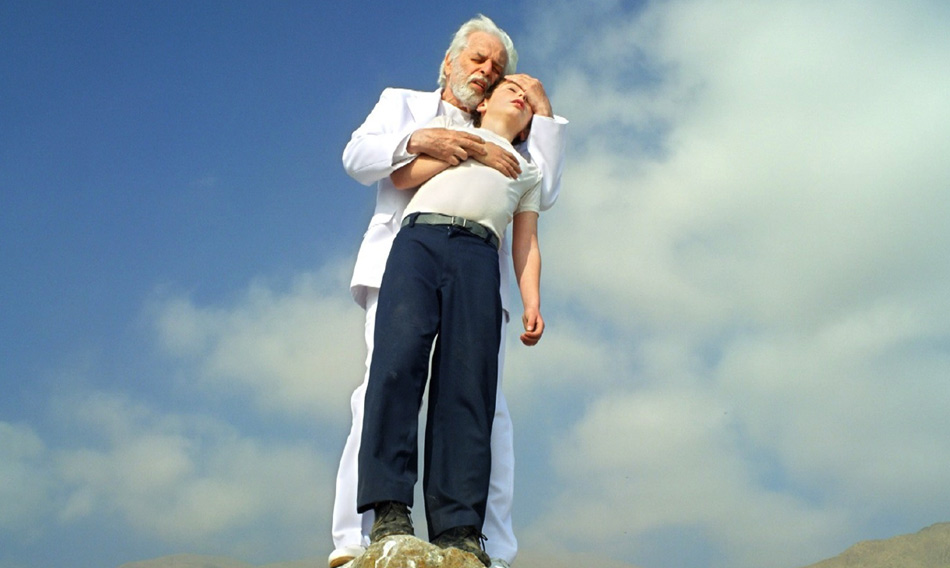
Since 1957, Alejandro Jodorowsky has made a very well known name for himself around the world as one of the most transgressive filmmakers. His films all talk about subjects such as the resurrection, the sickness of the soul, and the emptiness of power.
In his return to cinema after a 23-year absence, Jodorowsky takes every subject he has already critiqued and mixes in his childhood to create a triumphant return, full of color, poetry and philosophy, true to his style.
As an autobiography, “The Dance of Reality” tells the story of Alejandrito, the representation of the director in his younger years, a tender and shy half-Jewish boy who lives in the shadow of a tyrannical Soviet father who worships Stalin, and a soprano mother who sees him as the reincarnation of his grandfather.
Living in Tocopilla, Chile, during a time of great political turmoil and a greater dissatisfaction of the working classes, Alejandrito learns about how to be a man, about his sexuality, his spirituality, and how to dream beyond the boundaries of imagination.
Filmed by French photographer Jean-Marie Dreujou, this movie is a reunion of Jodorowsky with surrealism, finding in it all the color and the dream sequences of a metaphysical self-portrait of the most unique childhood ever.
10. Güeros (2014, Alonso Ruizpalacios, Mexico)
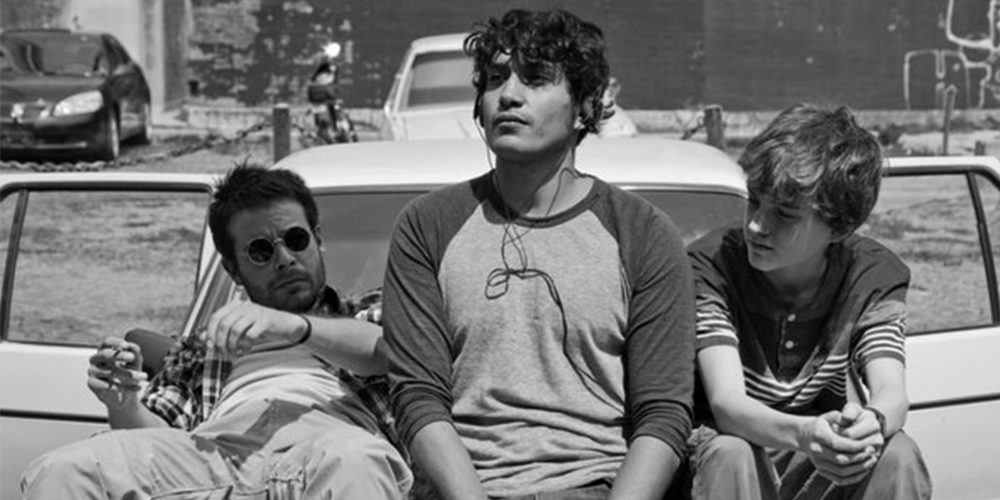
This film, in the spirit of many films that describe the difficult lives of the students at any university, show us the economic, social and personal problems any college boy or girl should understand, going into more imperative topics, such as the political instability of a nation that sometimes seems to have no direction (as the youth that lives in it) or the socially accepted racism.
This promising debut for Ruizpalacios exposes some of the realities in which Latin American college students have to grow up in as an important piece of society, having to be rebels to the system, but not really knowing how to be outside of it.
Living in the most precarious ways, brothers Sombra and Tomás embark on a journey to find their childhood hero, Epigmenio Cruz, a singer who, legend has it, once mourned Bob Dylan, and, according to them, could have saved Mexican rock music. Sombra’s love interest Ana and their friend Santos join them in this quest.
This movie, photographed in a perfect center framed black and white by the talented Damián García, portrays the old and the new, the standard and the irregular, everything that makes the capital of Mexico so contrasting, creating a limbo which many students sometimes feel when they leave school.
11. Yo soy la felicidad de este mundo aka I Am Happiness On Earth (2014, Julián Hernández, Mexico)
Julián Hernández has established himself as one of the few successful gay movie directors in Latin America, a continent that hasn’t accepted this part of its society, mainly because of the strong Catholic education to which most Latinos are exposed. This makes things harder to anyone who wants to talk about some of the difficulties of this group of people, being victims of censorship and the contempt of many audiences.
This film tells the story of a film director, Emiliano, who falls for a young dancer, Octavio. They have an affair that soon becomes love but ends very suddenly. From there, Emiliano and Octavio live out their own romances with other people, discovering that love is not around the corner.
Using a camera that moves softly but still letting us know that it’s there, Hernández and photographer Alejandro Cantú portray the masterful beauty of the human body, putting in every frame a singular detail for color and textures, making this film like a living museum full of Greek sculptures.
Touching very thin emotional fibers, Julián Hernández develops a strong narrative about sexuality in almost every aspect of adult life, showing solid poetry through every image.
12. Silencio en la tierra de los sueños aka Silence in Dreamland (2013, Tito Molina, Ecuador)
An old woman, who has recently lost her husband, finds in her dreams a way to escape the monotony of her life. One day she finds a street dog that changes her routine life and gives her a new lifestyle.
Despite the apparent simplicity of the story, this film is an ode to the elders and the solitude they struggle with, due to the minimal contact they have with their families, if they even have one.
Tito Molina, a filmmaker who has lived half of his life in Europe, uses very innovative tools to narrate a hard vision of old age, in a very slow rhythm but with fantastic shots full of beauty and finesse. Molina, who is also the photographer, produces a very subtle film that takes its time to grow dramatically.
The film could be divided in two parts; the monotonous life of the old lady, and the dream sequences. Both are preciously filmed in natural light, giving the image a tone full of shadows, bright colors and textures, especially to the shots of the sea, which spectacularly enhance every dream sequence.
13. El abrazo de la serpiente aka Embrace of the Serpent (2015, Ciro Guerra, Colombia)
The stories involving the contact between the Native Americans and the European settlers and scientists that first traveled the New World, almost always exposes the travelers as victims and the natives as another enemy to beat with nature.
In this case, Ciro Guerra takes the historical meeting between Theodor Koch-Grunberg and Richard Evans Schultes with the Amazonian tribes, and more specifically with the shaman Karamakate. Both scientists are looking for the yakruna, a plant that has magical powers, and the shaman helps them in their journey to find the plant that can save their lives.
Shot in black and white by newcomer photographer David Gallegos, this film shows the world of the Amazonas, a wild world full of dangers, but beautiful and full of wealth, mainly of rubber, an element that has provoked the exploitation and extermination of a lot of native tribes, like the Cohiuano tribe from which Karamakate belongs and the one that has the secret to find the yakruna.
This black and white representation of the Amazonas is a beautiful reminder of the photos that the first travelers took of the virgin jungle that has partially disappeared, and that only lives in the legacy of those who discovered one of the richest places in the world.
